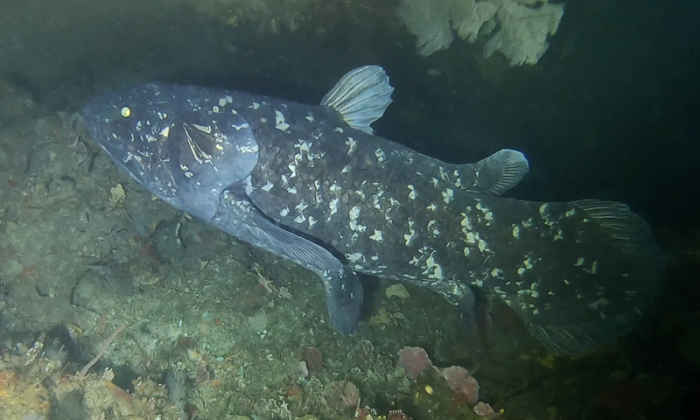In 1938, when a group of fishermen pulled up their nets off the coast of Madagascar, they caught a coelacanth, and until that moment, no one knew that the fish still existed, and the only evidence that this huge fish ever appeared in the earth's oceans was fossils millions of years ago.

Since that incredible breakthrough catch, fishermen have caught hundreds more raccoon fish specimens around Madagascar, which is considered their main distribution point. The fish was later split into two different species and still roams around the island, but since seeing the fish is relatively rare and no formal conservation studies have been conducted, no one knows what the populations of these fish are like, or whether they may actually become extinct soon.
In a new report released by Mongabay, the complex task of figuring out these mysterious fish species is laid out. A fish that is thought to have been extinct for millions of years but has actually been alive is not the easiest subject to study.
Fishermen are usually not very interested in coelacanth. Others are not interested in them except scientists, and many specimens have been cataloged, and there is not much demand for them. Sharks are another story, and the sharp increase in demand for shark fins has prompted fishermen to lay nets in deeper water. Coelacanths tend to live where fishermen try to kill sharks with gillnets, often killing live fossil fish in the process.
But how much of an impact these accidental catches affected the overall number of these two coelacanths is completely unknown. Scientists offer several possibilities, and a recent paper provides some context. The researchers say it's possible that the coelacanth population around the entire island of Madagascar may be doing well. That is, if the fish do live in the waters surrounding the island.
If the population is isolated, the overall number of live animals may be significantly lower than the more optimistic estimates. Unfortunately, determining which theory is closest to the truth requires a lot of investigation. While scientists debate whether these ancient fish are at risk of population decline, these mysterious creatures continue to be trapped in nets not prepared for them.